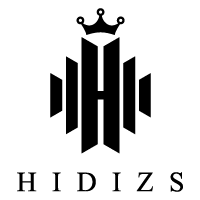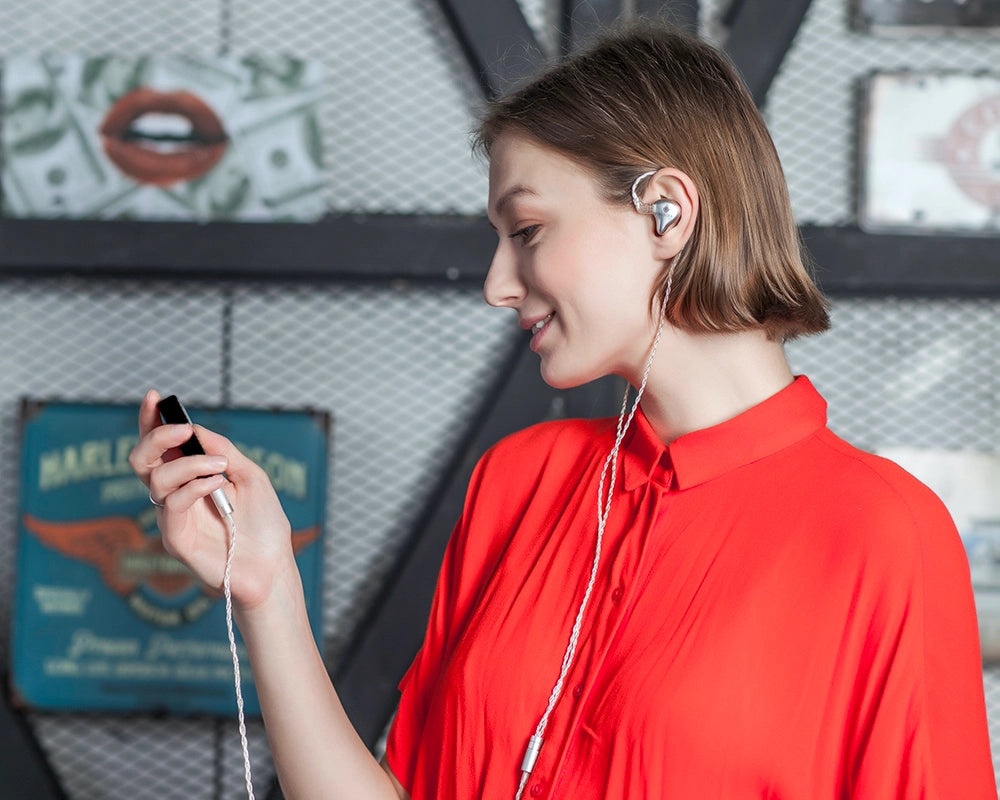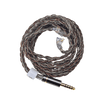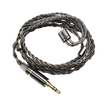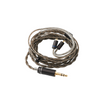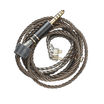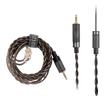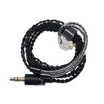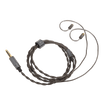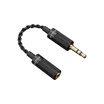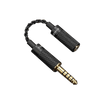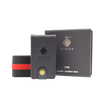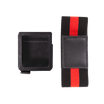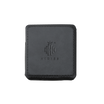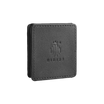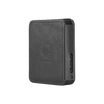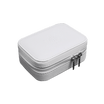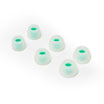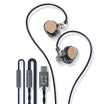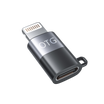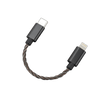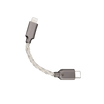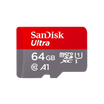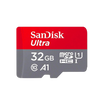February 18, 2022
Dongle: Pros & Cons
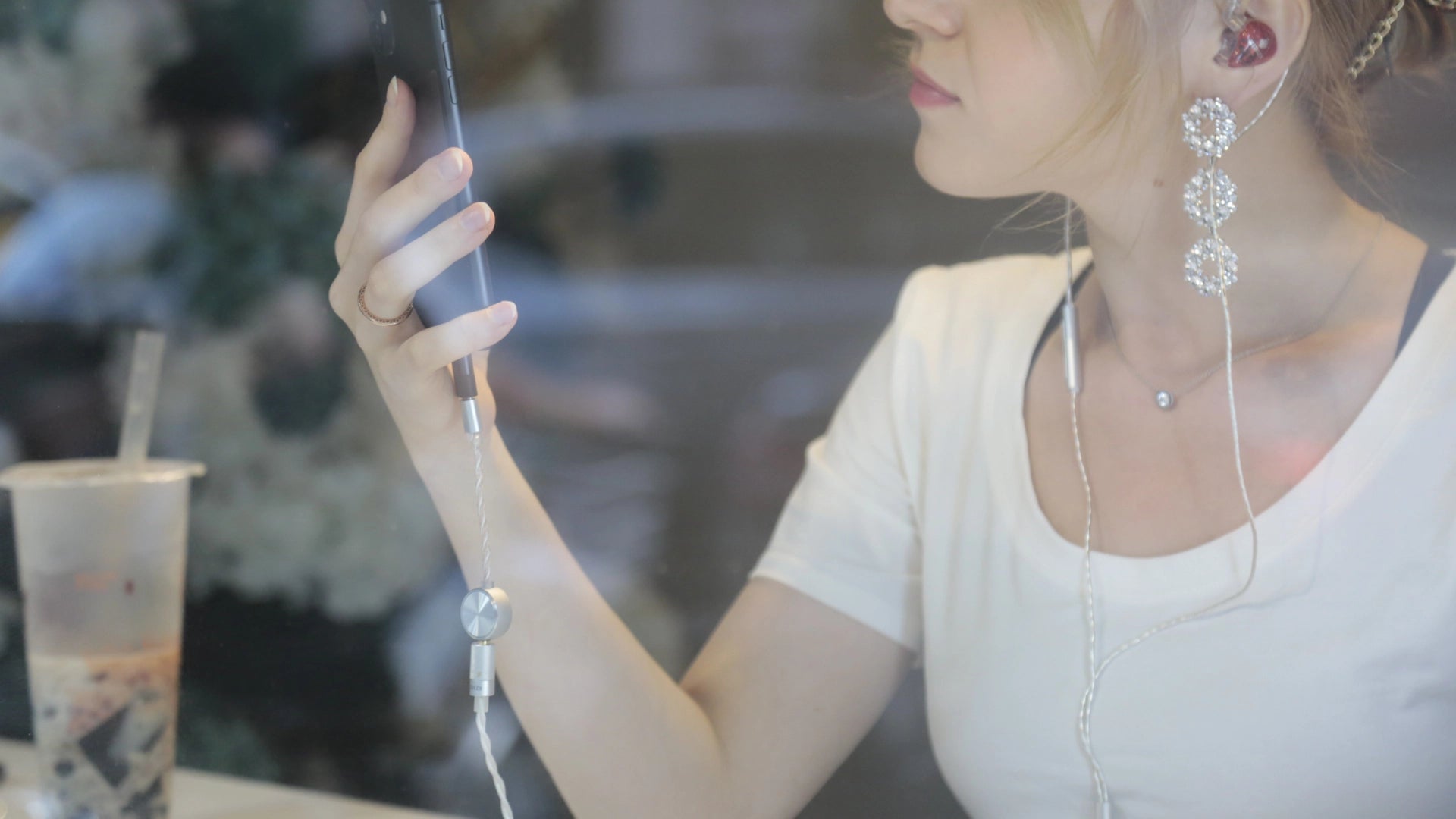
There are increasingly more ways to listen to music, but fewer people use desktops and portable amplifiers. This is large because portable music players can be used where audio amplifiers are needed. Desktop amplifiers are still great investments, especially in terms of driveability. In the portable audio device space, there’s a portable all-in-one device getting all the spotlight, and that's the dongle.
As far as streaming on mobile phones is concerned, outside of the few phones with a 3.5mm interface, the following ways are how you can go about it:
1. Adapter cable (no DAC chip - decreasing due to standard adjustment of Android protocol)
2. DAC cables with basic performance DAC, which can generally support Apple's 16bit/48kHz, and may support 24bit/192kHz in Android, but the performance is average.
3. Portable USB DAC AMP (dongle), generally has a high-performance DAC chip with integrated or independent amp, and its driveability approximates flagship audio players, even supporting balanced interface, playback control, and other functions (e.g. HIDIZS S9 PRO, HIDIZS S3 PRO).

4. Larger battery-powered USB DAC AMP, often with separate DAC and AMP chips. Includes built-in battery due to its large size, which gives it more power but will hardly affect phone battery life e.g. HIDIZS DH80S

5. Bluetooth DAC AMP, with a Bluetooth receiving module, depending on the price of the product, there may be a separate DAC or AMP chip. As the DAC is already integrated within the Bluetooth SoC, it can work without a separate DAC chip. For instance, the HIDIZS H2 has an added MAX97220 amp chip, which can be used as a dongle.
6. Bluetooth earphones, we won’t go into details here.
Basic functions are the same for the above, that is, bridging mobile phones and earphones, but the difference in performance is quite significant.
For example, when you listen to music through Apple Music, if you use an earphone dongle or a larger USB DAC AMP, you can experience ultra-high-definition music in 24bit/192kHz, while the other methods can only provide 16bit/48kHz at most.
Therefore, performance and price are the first elements we should look at:
Performance ranking: Large USB DAC AMP > Dongle > some Bluetooth DAC AMP and some basic DAC cable > ordinary DAC cable > adapter cable > ordinary Bluetooth receiver.
Due to the limitations of Bluetooth transmission, high-end Bluetooth receivers still can't beat most dongles, and ordinary Bluetooth receivers aren’t even as good as adapter cables.
Price ranking: High-end Large USB DAC AMP > high-end Bluetooth DAC AMP> high-end dongle > Large USB DAC AMP > dongle > ordinary DAC AMP > ordinary DAC cable > low-end Bluetooth receiver > adapter cables.
In actual use, the pros and cons of various products are as follows:
|
Product |
Pros |
Cons |
|
Adapter cables |
Affordable Portable Calls & in-line control |
No DAC & amp support; uses phone internal DAC Increase distortion |
|
DAC cable |
Relatively affordable, Portable Calls & in-line control (most) |
Low-performance DAC support(floor noise) Low drive Fragile |
|
Dongle |
Excellent performance & listening experience Detachable cable design compatible with all phones Custom functions (some) |
Pricier Cable & dongle Impacts phone battery life (slightly) Calls & in-line controls (some support) |
|
Large USB DAC AMP |
Excellent function Drive compatible with more earphone specifications No impact on phone battery life |
Pricier Larger (slightly) Requires charging No calls (most) |
|
Bluetooth DAC AMP |
No cables Most support calls(headphone or microphone) |
Quality varies Impacted by the external environment Requires charging |
Take HIDIZS products, the S3 Pro dongle is moderately priced, with a length of only 9 cm (3.5 inches), that’s shorter than other dongles and portable DAC cable. It has calls & in-line controls, a 55MW drive, and supports the highest MQA 8X unfolding, plus custom firmware tuning function. Due to its fixed cable design, an adapter (also available) is needed for IOS devices.

The high-end Dongle HIDIZS S9PRO is designed with detachable cables, compatible with different devices, and a 2.5 mm Balanced interface. The maximum output power reaches 200MW, comparable to dedicated audio players. DSD and PCM support are at the highest level: 512 and 32bit/768kHz, but it doesn’t support in-line call control, and it affects phone battery life more than HIDIZS S3PRO portable AMP and DAC.
The larger USB DAC AMP - HIDIZS DH80S has an in-built battery, an independent amp chip, which supports a 4.4 mm balanced interface with sufficient driveability. Generally speaking, dongles without a battery are used for iOS phones, and the driveability will be weaker than when it’s connected to an Android phone, but Large USB DAC AMPs don’t have this problem. It does not affect phone battery life, and also supports MQA 8x unfolding and high-specification DSD/PCM. However, due to the inclusion of the separate battery, it’s a bit larger and needs to be charged separately.
The Bluetooth DAC amp HIDIZS H2 has a high-end CSR8675 chip, separate amp, much better out power than ordinary Bluetooth receivers, supports direct USB connection to mobile phones and computers, but is still affordable despite its rich functionality. Nevertheless, its driveability and sound are less impressive than that of the S3Pro.
